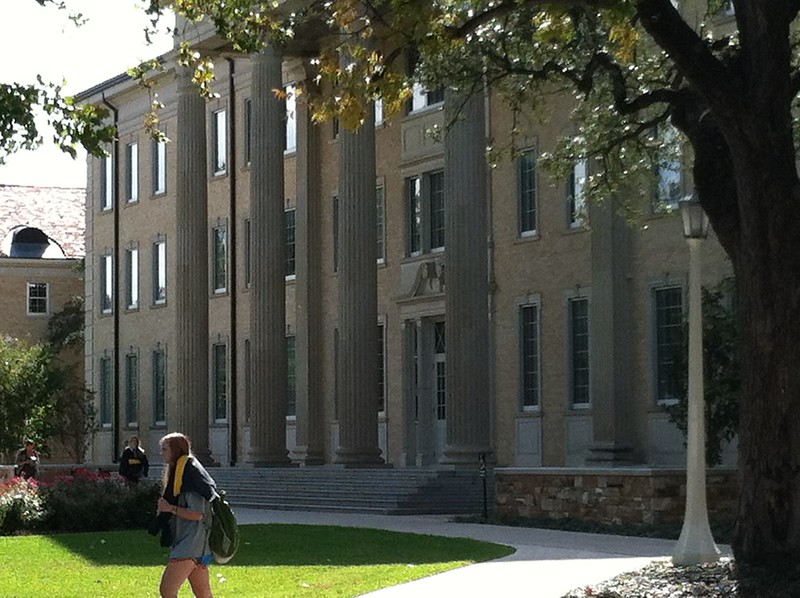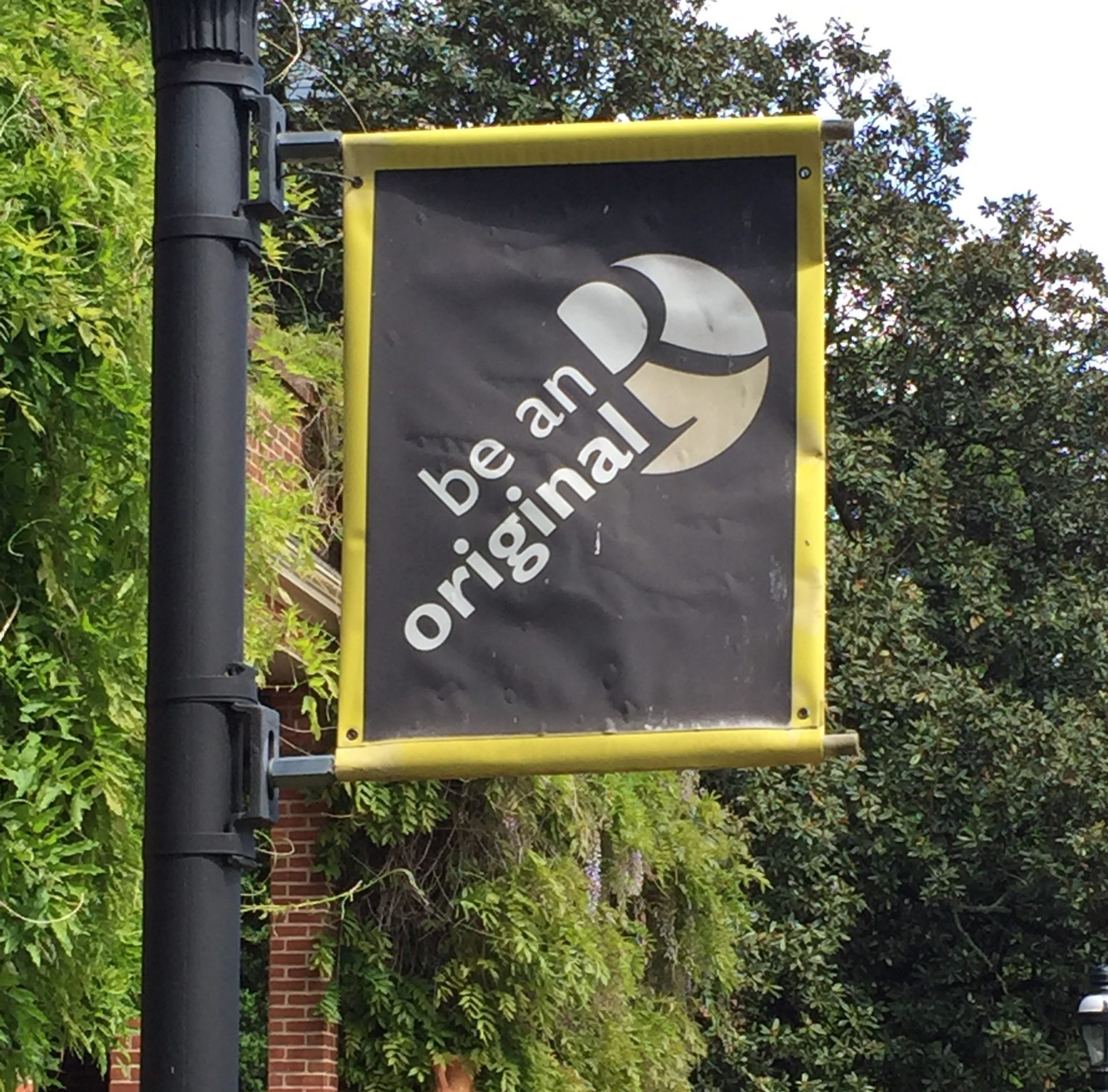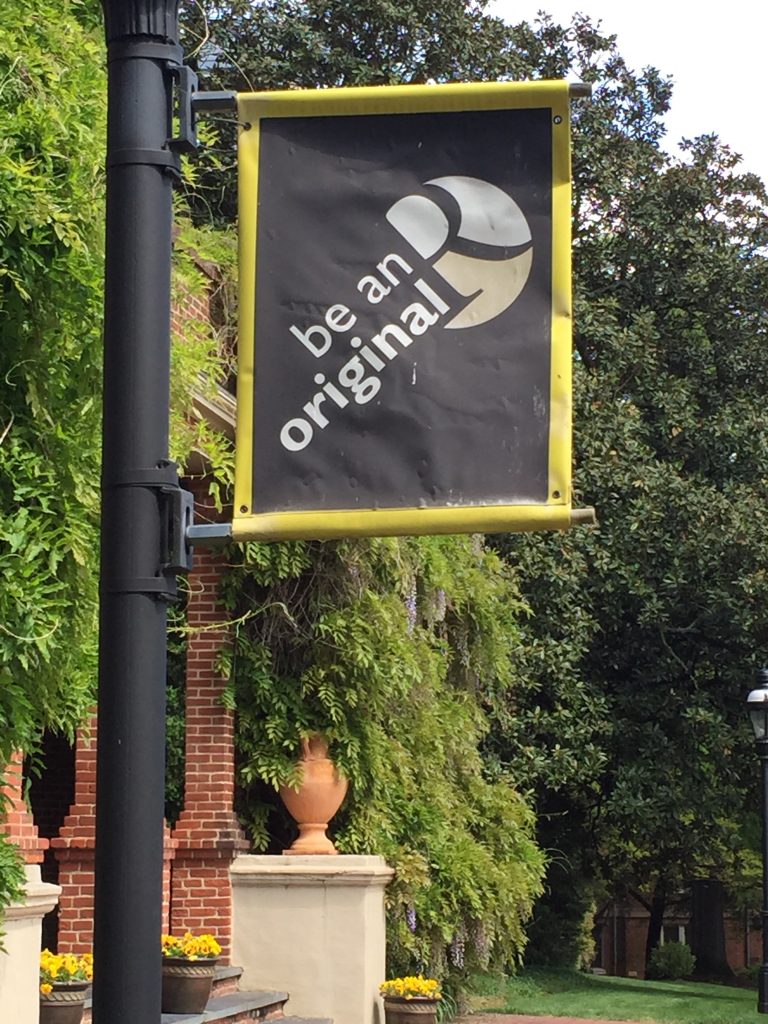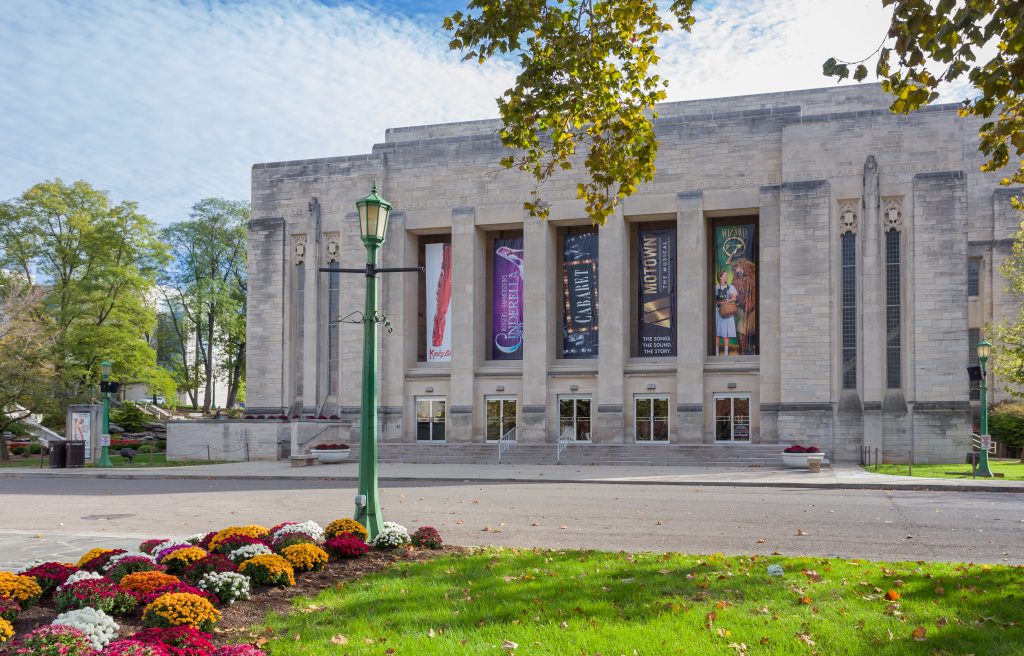
Texas Christian University students describe the atmosphere of campus as being a part of a community, a family. Case in point: a typical Saturday afternoon for a TCU student involves painting yourself purple to cheer on your team, the Horned Frogs. Set on 277 well-maintained acres, TCU’s campus is a mix of different architectural styles, from neo-Georgian to contemporary. Most worth noting are the Walsh Center for Performing Arts, which is a vast 56,000 square foot performance hall and theatre complex, and the new Greek village.
Here are a few quick facts about Texas Christian University:
4-year Graduation rate: 71%, 6-year: 83%
Acceptance: 47%
Freshman retention: 91%
Freshmen out of state: 51%
Most popular majors: nursing, communication studies, finance, accounting
Student Community Diversity: 5% Black, 14% Latino, 5% International
Housing: Nearly all freshmen (97%) and about 52% of undergrads overall live on campus. Dorm life is described as a good experience with up to date facilities. Fraternity and sorority members may live in their Greek houses after freshman year, but most juniors and seniors choose to live off campus. TCU has an evening transportation service and students say they feel safe on campus.
While campus meals are given average reviews, one student said, “No one misses Sunday brunch.” A few of the most popular menu items for this meal include lobster macaroni and cheese, pastries and chocolate fountains.
Academics: Texas Christian University students can choose their major from 114 disciplines. The core curriculum has a base of a liberal arts education with an emphasis on critical thinking that is divided into three areas: essential competencies; human experience and endeavors; and heritage, mission, vision, and values. First-year students participate in freshman seminar courses, and there is a Frog Camp the summer before freshman year to help students transition to college life.
The academic climate is one that is challenging, but not overwhelming. Most class sizes are small with over 40% having fewer than 20 students. For those who are looking for the opportunity to study abroad, TCU offers 250 programs in 54 countries; about one-third of undergraduates participate.
TCU is affiliated with the Christian Church (Disciples of Christ), but the atmosphere is not overtly religious. Lack of diversity is a top concern, but the university has been taking a lot more interest in diversity and inclusion efforts with recruitment and admissions, as well as in first-year experience programs.
Similar colleges to consider: Baylor, University of Southern California, Southern Methodist, Tulane
Social: Greek life is a big deal at Texas Christian, with 41% of men and 58% of women pledging. One of the most popular events is the annual fall concert which brings big-name acts to campus. Students also look forward to the traditional lighting of the Christmas tree, an event complete with carols, hot chocolate and cookies, a visit from Santa and his reindeer, and fireworks.
Looking to get off campus for a bit? Surrounding Fort Worth is a cultured city with plenty of things to do, and Dallas is a short 45-minute drive to the east. Other popular road trip destinations for TCU students include Austin, San Antonio, the Gulf coast and Shreveport, Louisiana.
TCU boasts 21 athletic programs, which compete in the Big 12 Conference. Football, baseball and men’s tennis have all won recent conference championship titles. In the 2017-2018 season, 11 teams were nationally ranked including the equestrian and women’s rifle teams.
Financial: Texas Christian University offers merit awards averaging $19,000 per person, as well as 356 athletic scholarships, in addition to need-based aid. The average percent of need met is 74%, with 37% being fully met. Although the tuition and fees are $73,500 (tuition for in- and out-of-state students is the same), the average financial aid package is $54,000. 75% of students receive scholarships and aid.



















